- дом
- Сервосистема
- Solution of SD700 over-current troubleshooting
Fault Name:
Over-current troubleshooting.
Fault Symptom:
Er.100 is reported on SD700 servo driver (hereinafter referred to as over-current).
Causes:
The current of SD700 is excessive.
Solutions:
Analysis of over-current faults by elimination.
Analysis:
When the servo drive reports an over-current fault, the possible causes are as follows:
The wrong phase sequence of the motor is connected and we need to reconnect the phase sequence: When the motor leaves the factory, the relevant parameters including the encoder offset angle will be written into the encoder EEPROM. When the phase sequence of the motor is wrong, the angle of the encoder has been changed. The given command and feedback are inconsistent with the direction in which the motor actually operates. As a result, the motor may have stalled overload, coaster and over-speed. In this case, the phase sequence of the motor must first be reconfirmed.
The initial encoder angle of the motor factory encoder is written incorrectly. The problem symptom is basically the same as that of 1. In the case of determining the correct motor phase sequence, it can be verified whether the motor encoder offset angle is correct: the motor is no-load, and the motor line UV transfers positive voltage to U phase via switching power supply (the required switching power supply may have different drive capabilities from different power motors, check Note for more details) and the negative to V phase, the motor is locked at a fixed angle, the offset angle is calculated through the encoder feedback data collected by the servo drive:
X = (absolute position (Un003)/ 24 times of 2 (number of encoder bits)*5 (number of pole pairs)*360), get the remainder from 360.
Offset angle=360-(X+30), get the remainder from 360.
Note:
When the shaft is locked, it should be no-loaded, if it is loaded; the required current to lock the shaft to the corresponding angle is larger. If the switching power supply has poor loading capacity, there may be a situation where the lock is not in the right place, the angle is not recognized correctly.
Whether the capacity of recognizing switching power supply meets the requirements of the lock axis, you can check whether the Un004 (electrical angle) is consistent by selecting the motor to different angles and locking the shaft several times.
If there is no switching power supply on the site, you can consult the relevant lock axis action on the manufacturer's password.
Motor insulation voltage failure: if there is insulation withstand-voltage equipment on-site, you could test the withstanding voltage from UVW to ground of the motor (1500V, AC, leakage current is below 5mA) and test if the insulation grade (insulation resistor is over 50MΩ) is qualified (different levels may have minor differences).
Driver hardware failure (drive circuit, circuit sampling circuit, module): After eliminating the above basic problems, the UV phase current acquisition value of the host computer can be observed to determine whether the sampling circuit is abnormal. The AD sampling value of the UV phase during no-load operation for a normal motor is near 0, if there is a large value (max 8192), the driver's hardware circuit may malfunction and it is necessary to return to the factory for repairmen.
 Global - English
Global - English Spanish - Español
Spanish - Español French - Français
French - Français Russian - Pусский язык
Russian - Pусский язык Chinese - 中文
Chinese - 中文 Korean - 한국어
Korean - 한국어 Vietnamese - Tiếng Việt
Vietnamese - Tiếng Việt
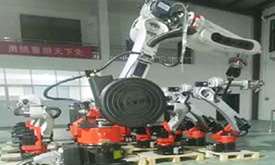
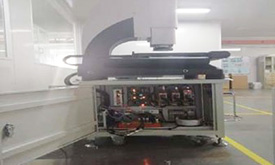
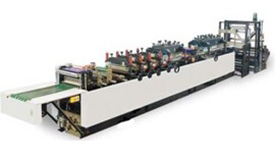
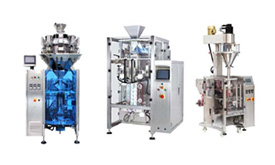


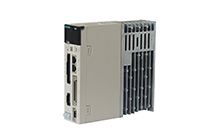
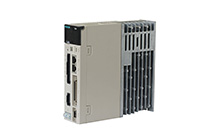

 Оставить сообщение
Оставить сообщение